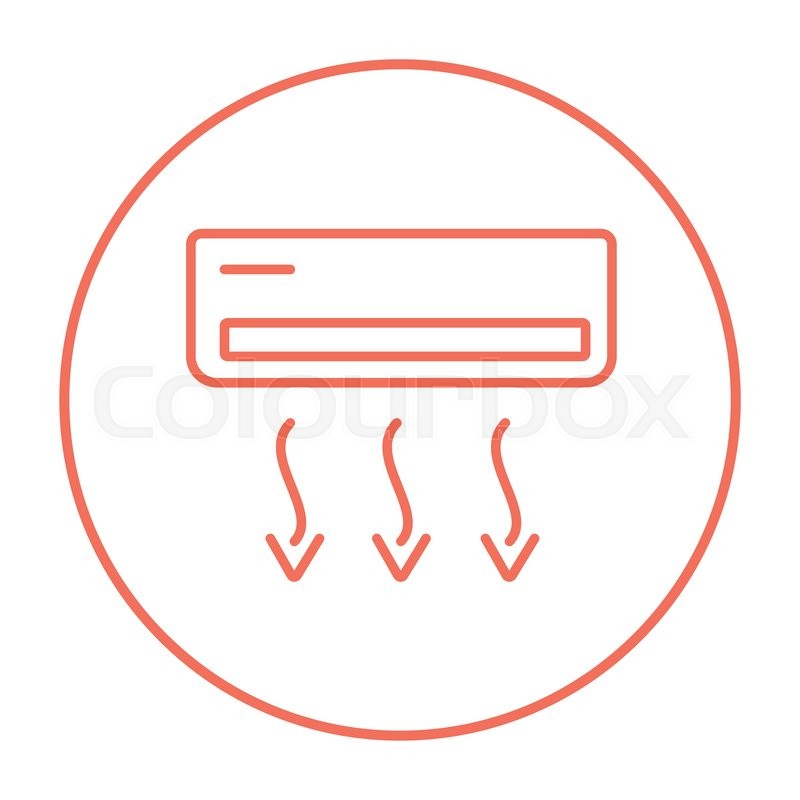The Future Of Home Home Heating - Just How Heat Pump Innovation Is Evolving
The Future Of Home Home Heating - Just How Heat Pump Innovation Is Evolving
Blog Article
Material Created By-Dugan Goff
Heat pumps will certainly be a critical innovation for decarbonising heating. In a circumstance constant with federal governments' introduced power and environment commitments, their worldwide capability increases by 2030, while their share in heating rises to one-quarter.
They function best in well-insulated homes and rely upon electrical energy, which can be supplied from a sustainable power grid. Technological innovations are making them more reliable, smarter and cheaper.
Fuel Cells
Heat pumps make use of a compressor, refrigerant, coils and followers to move the air and warmth in homes and home appliances. They can be powered by solar power or electrical energy from the grid. They have actually been getting appeal as a result of their low cost, silent procedure and the ability to generate electrical power during peak power need.
Some companies, like IdaTech and BG MicroGen, are working on fuel cells for home heating. These microgenerators can replace a gas central heating boiler and create several of a house's electrical requirements with a link to the power grid for the rest.
Yet there are reasons to be skeptical of using hydrogen for home heating, Rosenow claims. visit the next post would be pricey and ineffective compared to other modern technologies, and it would certainly include in carbon discharges.
Smart and Connected Technologies
Smart home modern technology enables homeowners to connect and manage their tools from another location with the use of smart device applications. For instance, smart thermostats can discover your heating preferences and automatically adjust to optimize energy intake. Smart illumination systems can be controlled with voice commands and automatically turn off lights when you leave the area, decreasing energy waste. And wise plugs can check and manage your electrical use, permitting you to determine and limit energy-hungry home appliances.
The tech-savvy home depicted in Carina's meeting is a good picture of just how occupants reconfigure area home heating practices in the light of new clever home technologies. They rely upon the gadgets' automatic features to carry out day-to-day changes and regard them as a convenient methods of conducting their home heating practices. Therefore, they see no reason to adapt their methods better in order to allow flexibility in their home power need, and interventions focusing on doing so might face resistance from these households.
Power
Since heating homes represent 13% people emissions, a button to cleaner options can make a huge difference. Yet the modern technology deals with obstacles: It's pricey and requires substantial home improvements. And it's not always suitable with renewable energy sources, such as solar and wind.
Up until lately, electrical heat pumps were as well expensive to compete with gas designs in most markets. Yet brand-new innovations in design and materials are making them extra economical. And much better cool environment efficiency is allowing them to work well also in subzero temperature levels.
The next step in decarbonising heating might be the use of heat networks, which draw warmth from a central source, such as a close-by river or sea inlet, and disperse it to a network of homes or structures. That would reduce carbon exhausts and enable homes to make the most of renewable energy, such as green power from a grid provided by renewables. This alternative would be much less pricey than switching over to hydrogen, a nonrenewable fuel source that calls for new infrastructure and would only decrease carbon dioxide discharges by 5 percent if coupled with enhanced home insulation.
Renewable Energy
As electricity prices go down, we're starting to see the exact same fad in home heating that has driven electric autos right into the mainstream-- yet at an also faster rate. The strong climate case for impressive homes has actually been pushed additionally by brand-new research study.
Renewables represent a significant share of contemporary warm intake, yet have been provided limited policy attention internationally compared to other end-use industries-- and also less focus than electrical energy has. Partly, this mirrors a mix of consumer inertia, split rewards and, in many countries, subsidies for fossil fuels.
New innovations could make the shift much easier. As an example, heatpump can be made extra energy efficient by replacing old R-22 refrigerants with new ones that do not have the high GWPs of their precursors. Some professionals likewise imagine district systems that draw warmth from a neighboring river or sea inlet, like a Norwegian fjord. The warm water can after that be utilized for heating & cooling in an area.